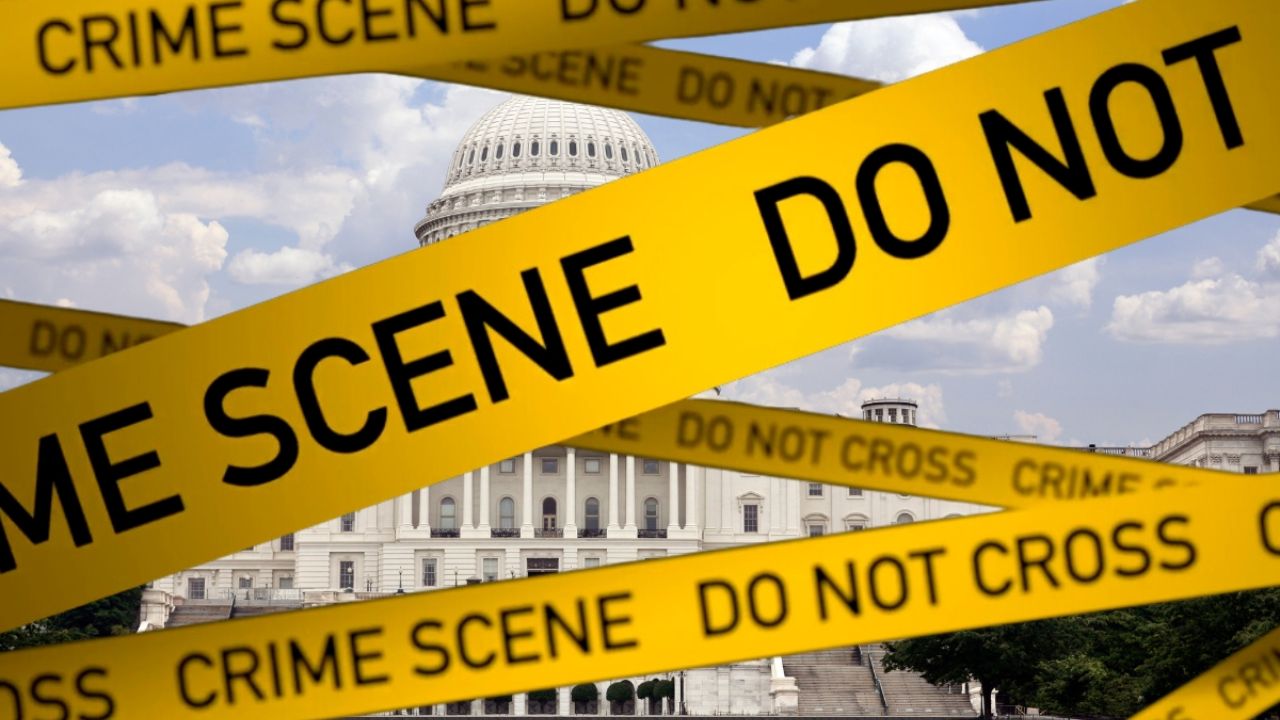Pennsylvania, a state known for its rich history and diverse landscapes, has recently been highlighted in a new report as the 3rd most dangerous state in the country. This revelation comes as a surprise to many, considering Pennsylvania’s reputation as a state with vibrant cities and picturesque countryside. The report sheds light on concerning trends in crime rates, safety measures, and public perceptions within the state.
What is the Crime Rate in McKees Rocks, Pa
The crime rate in McKees Rocks, PA varies slightly across different sources but generally indicates that the area experiences a moderate level of criminal activity. Here are some key insights from the provided sources:
AreaVibes: McKees Rocks crime rates are reported to be 7% lower than the national average, with both violent crimes and property crimes falling below the national average.
CrimeGrade.org: The rate of crime in McKees Rocks is reported to be 21.64 per 1,000 residents during a standard year, with a breakdown of various crime types such as assault, robbery, theft, and drug crimes.
Niche.com: Niche reports that McKees Rocks has a Crime & Safety grade of C-, indicating a moderate level of crime based on violent and property crime rates. The site provides statistics on crimes like assault, murder, rape, and robbery in the area.
City-Data.com: According to City-Data.com, the 2020 crime rate in McKees Rocks was 440, which is 1.7 times greater than the U.S. average. The site also provides detailed information on various crime types, trends over the years, and comparisons with nearby cities.
WPXI News: WPXI News highlights a spike in violence in McKees Rocks and Stowe Township, with McKees Rocks being labeled as the most dangerous city in Pennsylvania based on FBI data from 2018. The report discusses efforts to combat crime, including the installation of public surveillance cameras and increased police presence.
Overall, while the exact crime rate numbers may vary slightly between sources, the consensus is that McKees Rocks experiences a level of crime that is slightly below or on par with the national average. Efforts to address safety concerns, enhance law enforcement measures, and engage with the community are ongoing to improve the overall safety and security of the area.
What is the Crime Rate Trend in Pennsylvania Over the Past Decade
The crime rate trend in Pennsylvania over the past decade has shown a consistent decline, reflecting a positive shift in the state’s safety landscape. According to the data from various sources, including the Pennsylvania Department of Corrections and crime rate statistics reports, the following trends can be observed:
Overall Crime Rates: Crime rates in Pennsylvania have steadily decreased over the past decade, with a notable 45% drop in crime rates over the last twenty years. This decline has been observed across various crime types, including violent crimes and property crimes.
Violent Crime Reduction: Pennsylvania experienced an 11.1% decrease in violent crime between 2015 and 2019, indicating a positive trend in addressing violent offenses such as homicide, robbery, and assault.
Homicide Rates: While overall crime rates have decreased, there have been exceptions like an increase in murder and rape rates in recent years. However, these spikes do not negate the overall declining trend in crime rates across the state.
City-Specific Data: Cities like Philadelphia have seen fluctuations in homicide rates over the years, with variations in the number of homicides recorded annually.
Comparative Analysis: Pennsylvania’s crime rate trends have been compared to national averages, highlighting the state’s position relative to the rest of the country in terms of safety and criminal activity.
What Are the Factors That Contribute to Pennsylvania’s High Crime Rate
Pennsylvania’s high crime rate can be attributed to various factors that contribute to the prevalence of criminal activities within the state. These factors include:
Poverty: Economic hardship and lack of opportunities can drive individuals towards criminal behavior as they may resort to illegal activities to meet their basic needs or seek financial gain.
Drug-Related Issues: Substance abuse and drug trafficking play a significant role in fueling crime rates, leading to drug-related offenses, violence, and other criminal activities.
Gang Activity: Gangs often engage in criminal behavior such as drug trafficking, violence, and organized crime, contributing to the overall crime rate in Pennsylvania.
Historical Trends: Pennsylvania’s crime rate may also be influenced by historical patterns of criminal activity, social unrest, and systemic issues that have persisted over time.
Urbanization: Cities like Philadelphia and Pittsburgh, with dense populations and urban challenges, can experience higher crime rates due to factors like poverty concentration, limited resources, and social disparities.
Lack of Resources: Insufficient funding for law enforcement, social services, and crime prevention programs can hinder efforts to address crime effectively, allowing criminal activities to persist.
Community Dynamics: Social factors such as community cohesion, neighborhood safety, and access to education and healthcare can impact crime rates by influencing individuals’ behaviors and choices.
By addressing these underlying factors through targeted interventions, community engagement, and collaborative efforts between law enforcement agencies, policymakers, and local communities, Pennsylvania can work towards reducing its crime rate and creating a safer environment for its residents.
Conclusion
In conclusion, the report’s findings paint a sobering picture of Pennsylvania’s safety landscape. With McKees Rocks and other cities facing safety challenges, it is imperative for state authorities, law enforcement agencies, and communities to work collaboratively towards enhancing safety measures and addressing the root causes of crime.
By fostering a culture of vigilance, implementing targeted interventions, and promoting community engagement, Pennsylvania can strive towards a safer and more secure environment for all its residents.
In light of this report, it is crucial for policymakers and stakeholders to prioritize safety initiatives and allocate resources effectively to mitigate the risks associated with crime. Pennsylvania’s journey towards improved safety hinges on proactive measures, public awareness, and a collective commitment to fostering a secure environment for its residents.

